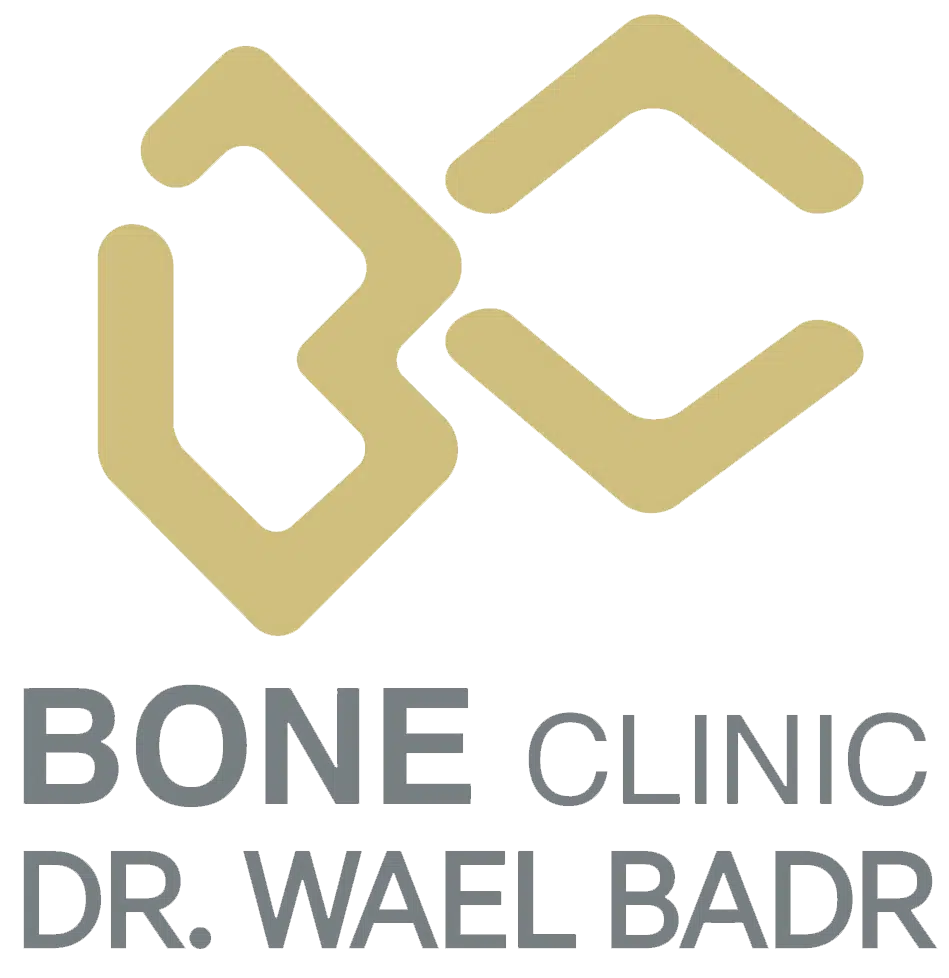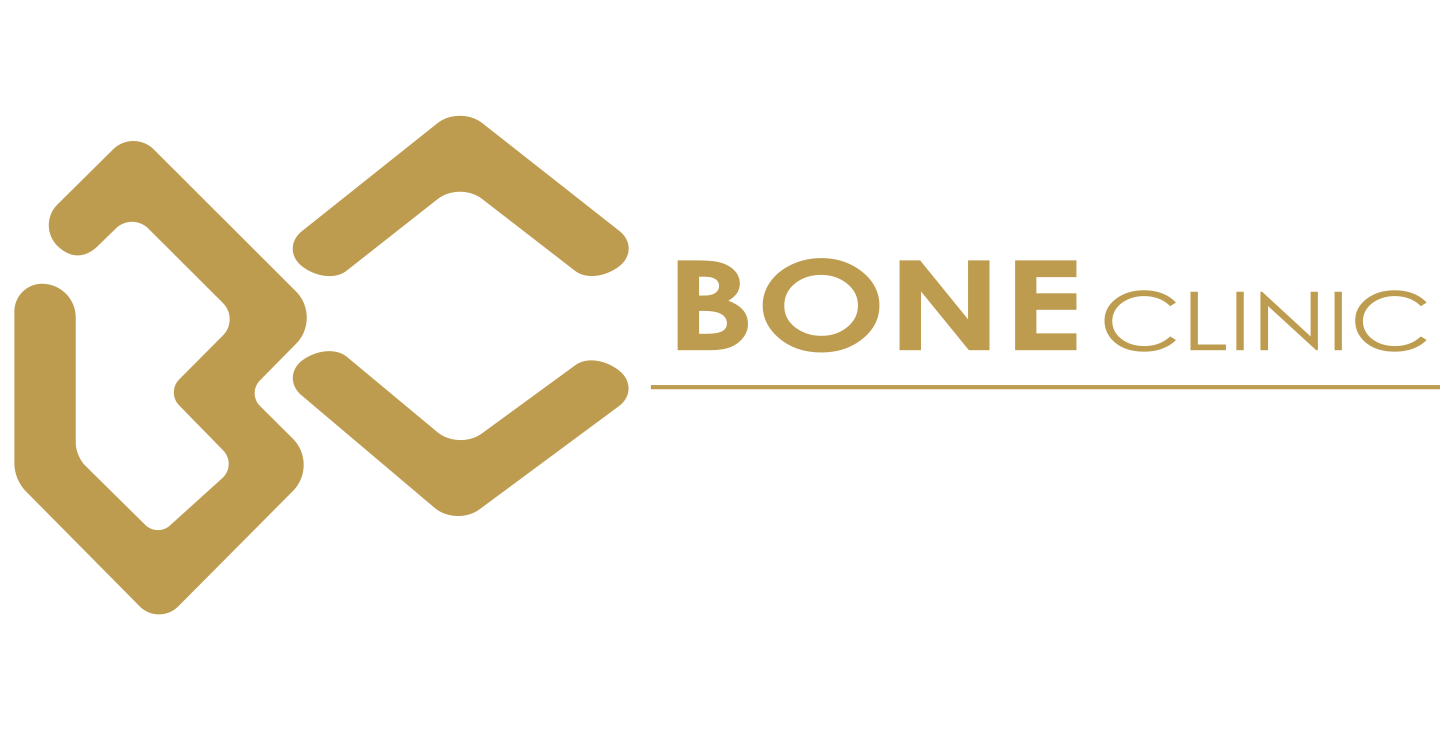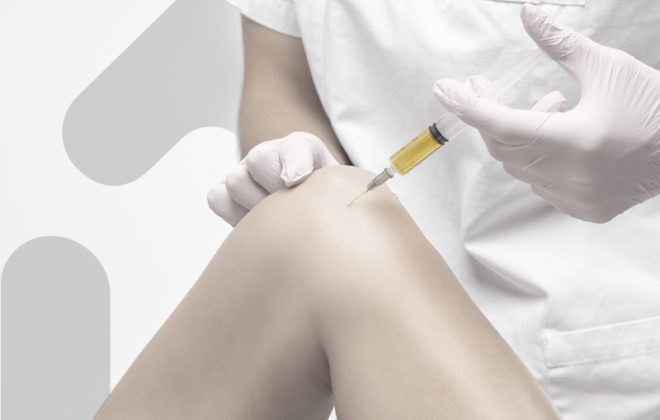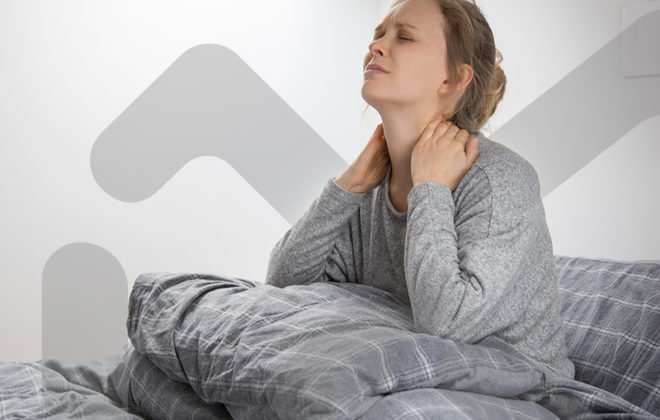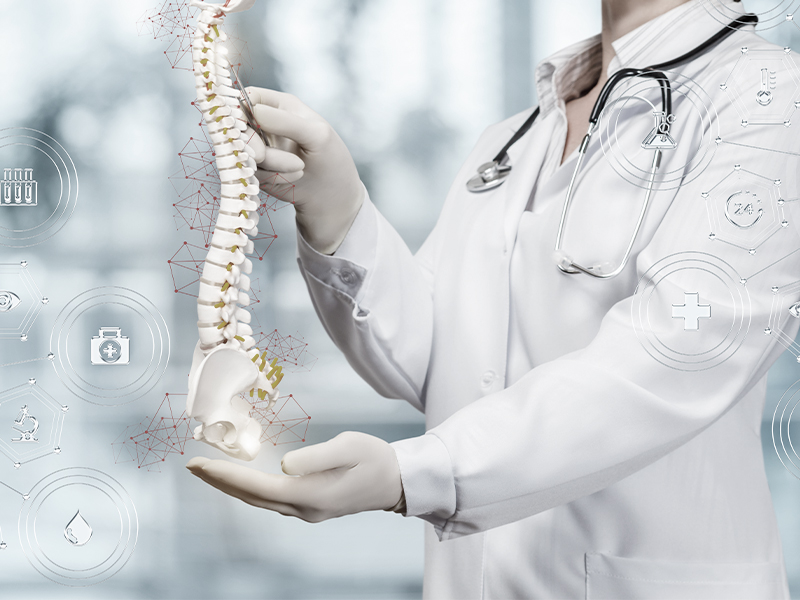
Scoliosis
Scoliosis is a condition in which your spine curves sideways in a C or S shape. Some curvature in the spine is normal — even necessary. Spinal curves help us maintain healthy alignment and balance in our back, shoulders, and pelvis. However, when abnormal or exaggerated spinal curves develop, we call it scoliosis.
There are four main types of scoliosis:
1. Idiopathic:no known cause,mostcommon
2. Congenital: spine forms incorrectly before birth
3. Neuromuscular:caused by neuromuscular disorder
4. Earlyonset:diagnosed before age of 10
OBSERVATION
If the spinal curve is mild (less than 25 degrees) and has low risk for progression, scoliosis may not require active treatment. The doctor will monitor the curve through regular check-ups to watch for progression.
Observation is also an appropriate treatment if your child is diagnosed with moderate scoliosis (25-to 40-degree curve) and has finished growing (typically age 17 for boys and age 15 for girls). At this point, a moderate curve is considered unlikely to progress or cause problems in adulthood. Doctors often recommend follow-up x-rays every five years to confirm that the curve stays stable
BRACING
Bracing is an option for patients with mild to moderate spinal curves who are still growing. A back brace is a device customized to conform to your body that keeps your spine in a straight, secure position. The goal of bracing is to keep your curve from progressing. Wearing a brace won’t correct the curve, but it can prevent the curve from getting worse as you grow. You will typically wear a brace until your doctor has determined that you havevfinished growing.
CORRECTIVE SURGERY
Severe scoliosis curves greater than 40 degrees may require corrective surgery. Spinal fusion realigns the curved vertebrae and fuses them together.
The surgeon may use one of two primary approaches: the posterior approach or the anterior approach.
